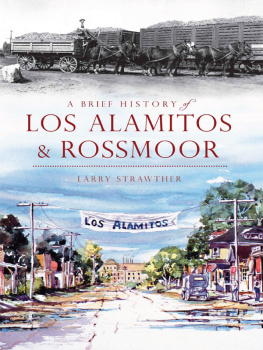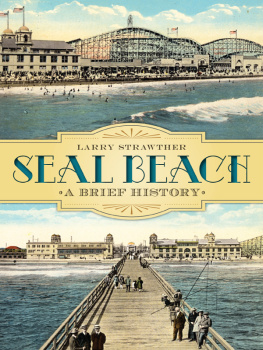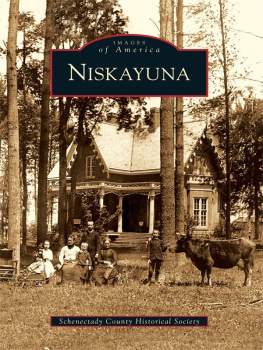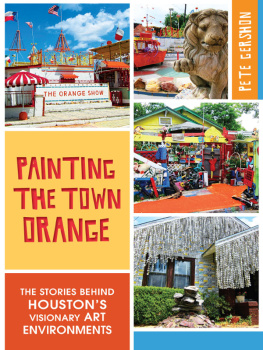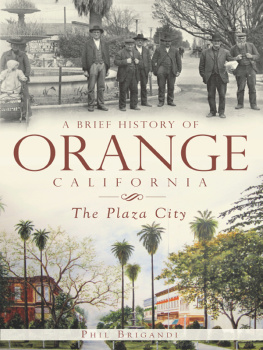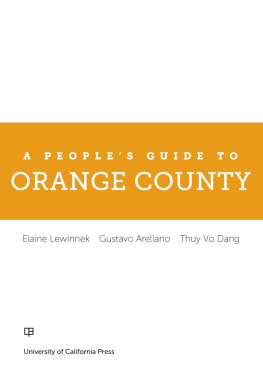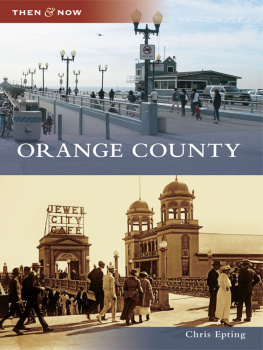
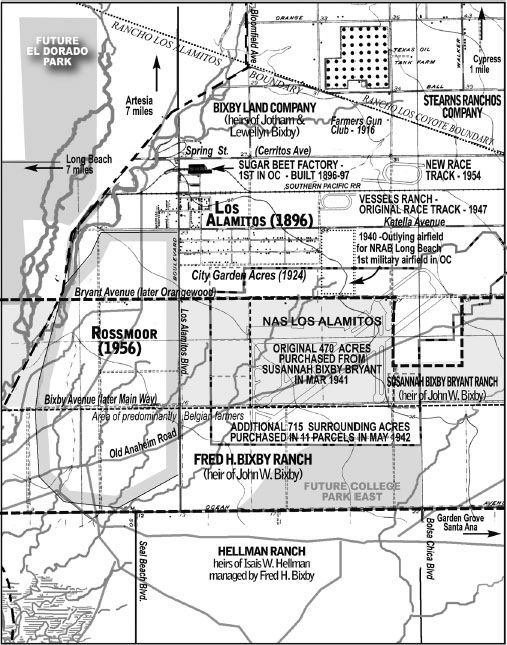
HISTORICAL LOS ALAMITOS Pre-1955 newspapers usually referred to Los Alamitos as that part of Orange County within the Rancho Los Alamitos and north of Westminster Blvd. and west of Hansen (Golden West) Ave. This obviously included Rossmoor and also large parts of what are now Seal Beach, Cypress and Garden Grove.

Published by The History Press
Charleston, SC 29403
www.historypress.net
Copyright 2012 by Larry Strawther
All rights reserved
Front cover, top: Children lining up to ring the bell at the opening of the 1917 sugar beet campaign. Bottom: Watercolor of Main Street, circa 1919, by local artist John Partridge. Images courtesy of the Los Alamitos Museum.
First published 2012
e-book edition 2012
Manufactured in the United States
ISBN 978.1.61423.774.7
Library of Congress CIP data applied for.
print ISBN 978.1.60949.861.0
Notice: The information in this book is true and complete to the best of our knowledge. It is offered without guarantee on the part of the author or The History Press. The author and The History Press disclaim all liability in connection with the use of this book.
All rights reserved. No part of this book may be reproduced or transmitted in any form whatsoever without prior written permission from the publisher except in the case of brief quotations embodied in critical articles and reviews.
To my wonderful wife, Nancy, and my always interesting children, Megan, Michael and Mallory, for putting up with meand my twenty-three binders of notes, photocopies, old articles and photos that sometimes filled bookcases but more often than not were spread out on my desk or on the floor behind me.
To John W. Bixby, Frank Capitain and Ross Cortese, for having a vision and the passion and persistence to make it happen and, in the process, helping to create a great place to live and raise a family.
CONTENTS
PREFACE
In September 2012, the large nationwide real estate firm Coldwell Banker released a study of more than eleven thousand communities that ranked Rossmoor as the number one suburban community in California and number nine in the nation. The rankings were based on a number of factors, including traffic conditions, local school quality and proximity to amenities such as gas stations, ATMs and grocery stores.
For the record, the Rossmoor being ranked was in Southern California (near Long Beach), not to be confused with the Rossmoor in Northern California, which, although developed by the same builder, is a seniors/retirement community. On the contrary, the southern Rossmoor is full of kids, which makes its school and sports leagues even more fun to watch.
While its number one ranking is well deserved, in all fairness, Rossmoor needs to share this achievement with its next-door neighbors: northern Seal Beach and, to a much greater extent, Los Alamitos. Rossmoor couldnt exist without Los Alamitos, nor could Los Alamitos exist as it is today without Rossmoor. The communities share schools, churches, commerce, youth sports leagues, social organizations, a fire department and a library systemalmost everything that makes up a community except city council members, a police department and a couple narrow-minded curmudgeons.
Although I didnt grow up in the Los AlamitosRossmoor area, my wife did, which is why we moved to Rossmoor in 1997. Since then, I have grown to really like this community. Its a great place to liveoften in spite of itself.
We do get a little too passionate about local politics and local youth sports and our schools. But we rarely get passionate about our history, which is a shame because we have an interesting story to tell. Many important events and achievements have happened here and have had an impact on the surrounding communities more than they know.
But most of these events have been accomplished in relative anonymity or lost in confusionwhich is not too surprising for a community where the Los Alamitos Racetrack is in Cypress and the Los AlamitosRossmoor Library is in Seal Beach, as is the Rossmoor Center (which is even more confusing now after having been renamed The Shops at Rossmoor/Seal Beach).
Historical Los Alamitos is much larger than the present city. For our purposes, its territory includes Los Alamitos and Rossmoor and adjacent parts of Seal Beach, Cypress and Garden Grove. It is closely intertwined with the development of Long Beach and Lakewood. A strong argument can be made that the history of this area is also a microcosm of western United States history, touching on Native Americans, Spanish and Mexican settlement, the California gold rush, westward expansion, the Civil War, the growth of the railroads, the age of capitalism and robber barons, the growth of aviation and aerospace, petroleum, early motion pictures, World War II, the growth of suburbia and walled communities, not to mention modern real estate marketing and many other aspects.
Even accounting for the inevitable local exaggeration and embroidery, elements of all of the above did take place here, although most of the main players usually resided elsewhere.
Geography and climate played major roles. The low and flat terrain and frequent floods delayed significant subdivision until well into the twentieth century, thus making it desirable for the military bases, which provided yet another natural barrier that ensured isolation.
Finally, the river channels were lined with concrete and the floods tamed, which quickly led to Ross Corteses development of Rossmoorone of Southern Californias largest real estate developments. By 1961, the original Rossmoor had over thirteen thousand residents. In comparison, Los Alamitos had four thousand and Seal Beach, six thousand.
While the communitys story continued, our story ends at the end of 1960, a natural break marking the end of the historic past and the beginning of the present and future.
Obviously, this story couldnt have been told without the input of a lot of people. Time and space doesnt allow me to name them all, but Id especially like to thank longtime area residents Margrit Kendrick, Marilynn Poe, Leon Sjostrom, Jim Bell Jr. and Sherry Campbell Poe. Id also like to thank Pamela Seagar and the staff at the Rancho Los Alamitos Museum, Steve Iverson at Rancho Los Cerritos and the folks at the California, Anaheim and Long Beach Historical Societies
There is probably more information in this book about Los Alamitos and Rossmoor than anybody really wants to know, but I figured that since nobody had thoroughly covered the subject before, why not try to throw as much mud as possible against the wall and see what sticks.
Still this work doesnt tell the whole story, but hopefully it will leave you understanding a little bit better how we got where we are and why were heading in the direction were traveling. And perhaps you can also take solace in the knowledge that if we havent hurt ourselves yet, we probably wont in the future.
THE LAND, THE RIVERS AND THE FIRST INHABITANTS
The land around Los Alamitos and Rossmoor is flat. The highest natural point, on the Los Alamitos Air Base, is just shy of thirty-six feet above sea level, with the lowest point, west of Hopkinson School in Rossmoor, at just under ten feeta drop of only twenty-five feet over four miles. Even our highest natural point is lower than the tops of the levee walls that contain Coyote Creek and the San Gabriel River.
Next page
